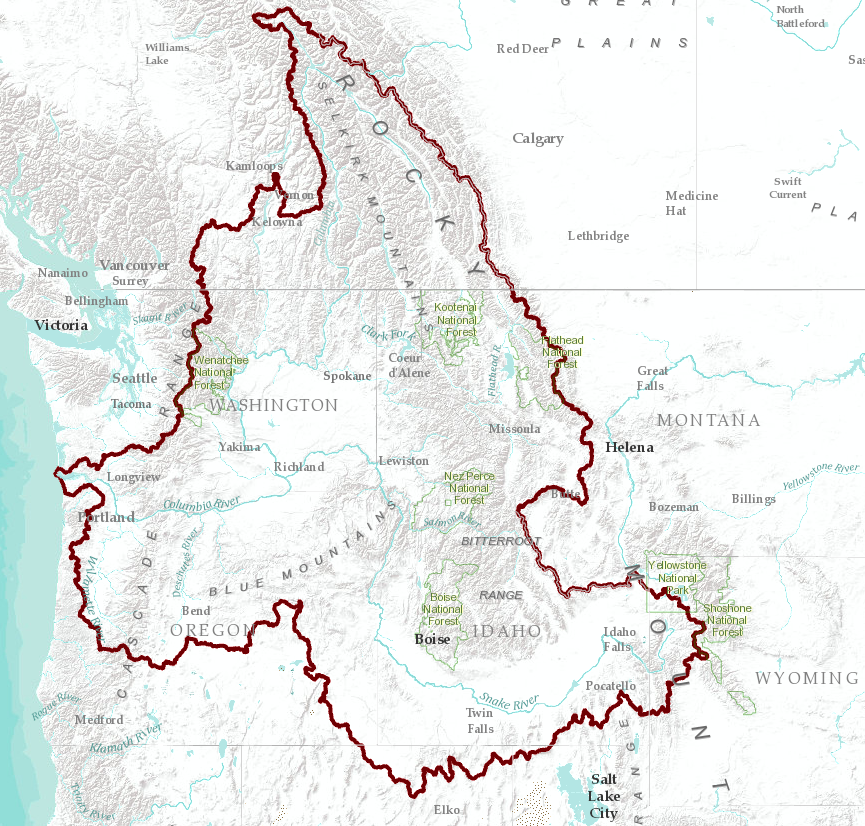|
Introduction |
|
Passive Integrated Transponder (PIT) tags have been used to monitor the movement and behavior of anadromous salmonids in the Columbia and Snake River basins since 1987. The Columbia Basin PIT Tag Information System (PTAGIS) was implemented in 1991 to manage and serve PIT tag data collected in the Columbia Basin. PTAGIS develops software used to collect and contribute PIT tag data; validates, stores and makes those data available for download via the PTAGIS website; and operates large scale PIT tag detection sites throughout the Columbia Basin. In 2002, the scope of the PTAGIS program expanded to include resident and semi-anadromous stocks of rainbow and cutthroat trout, bull trout, lamprey, sturgeon, and other species. This project is an important prerequisite component of all PIT tag research conducted for the Bonneville Power Administration (BPA) Fish and Wildlife Program.
PTAGIS is a regional data system for the Columbia River Basin.

The PIT tag is an RFID tag typically measuring 9 to 12 mm long coded with one of 35 billion unique codes. The tag can be automatically detected and decoded in situ – eliminating the need to sacrifice, anesthetize, handle, or restrain fish after the initial tagging event. The PIT tag was developed in 1987 as a research and management tool for monitoring the movement of juvenile and adult salmonids in the Columbia River Basin.

